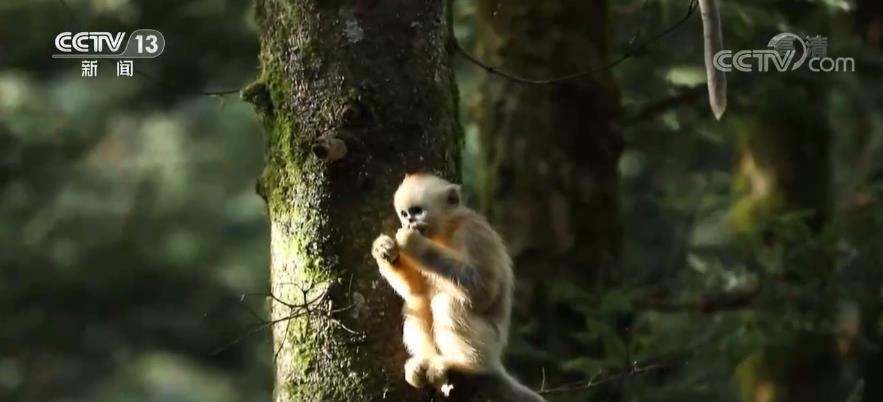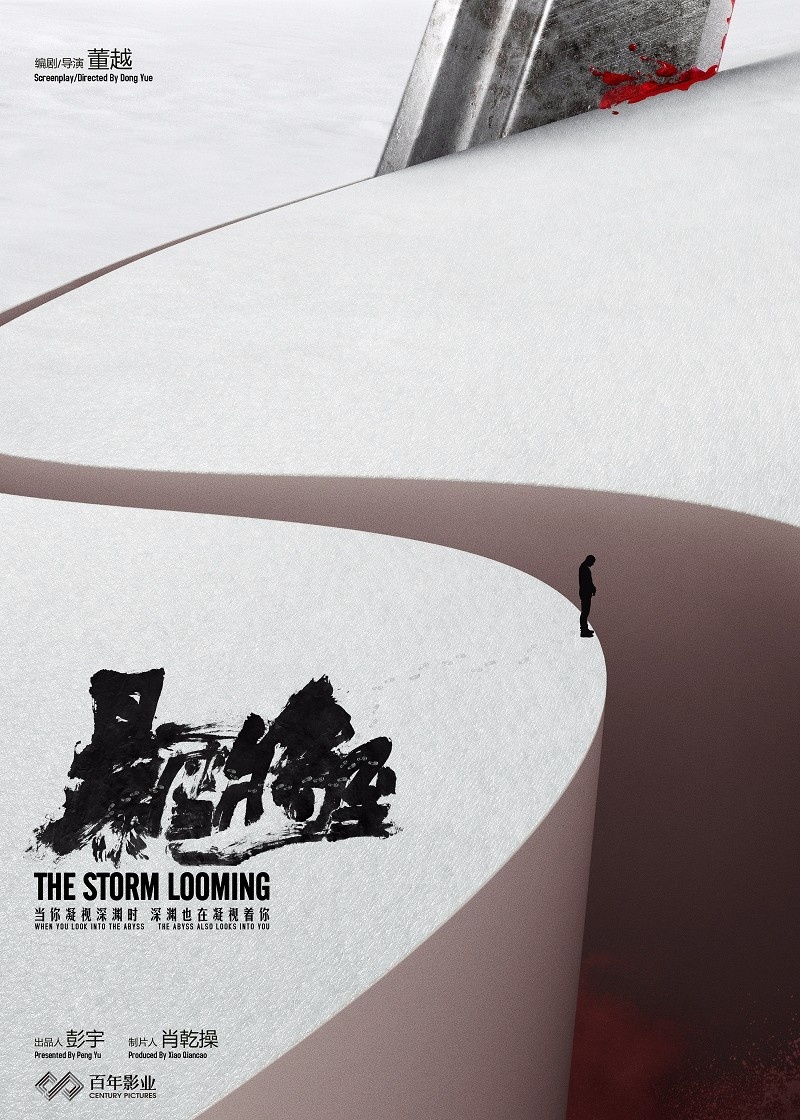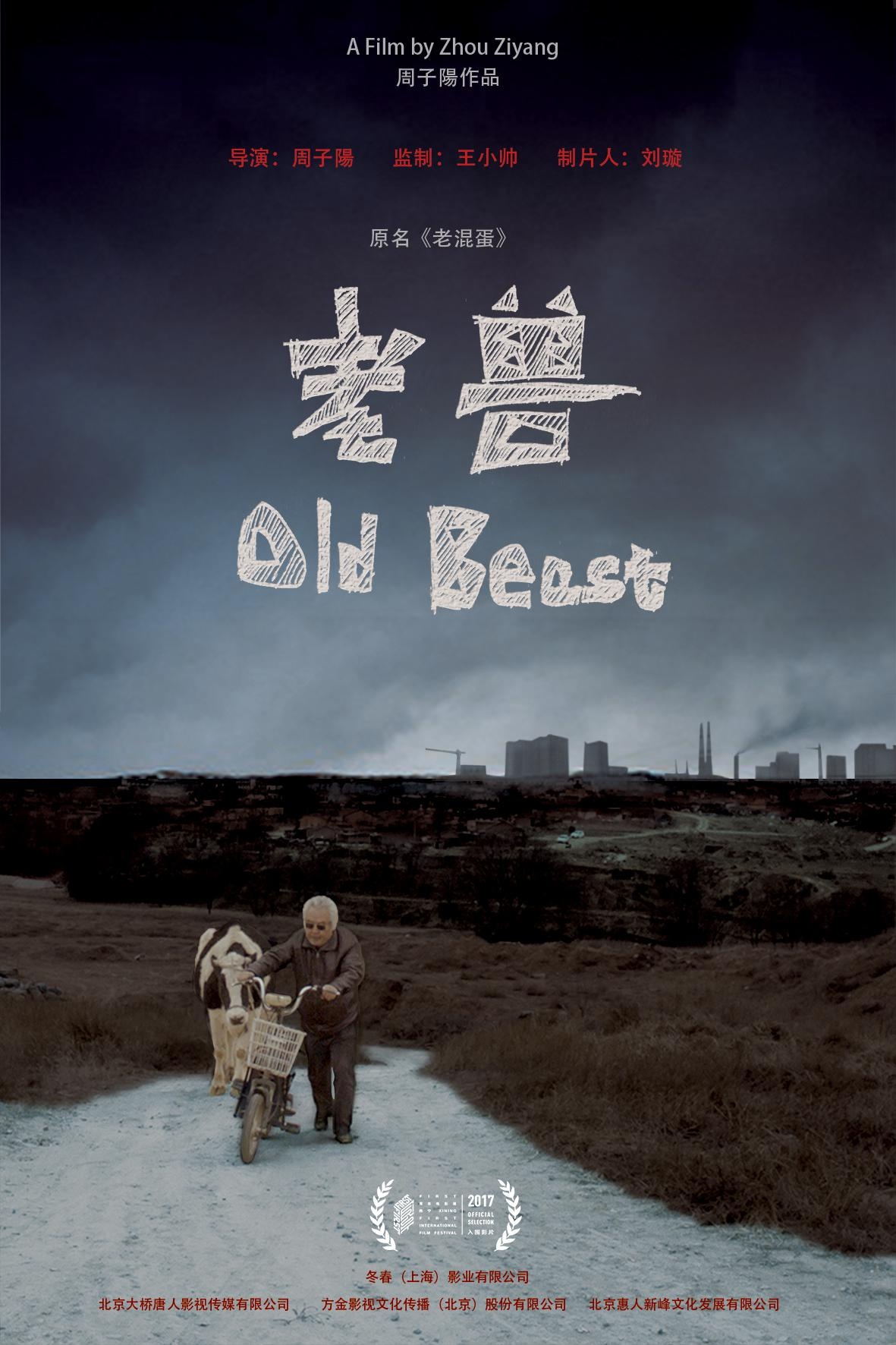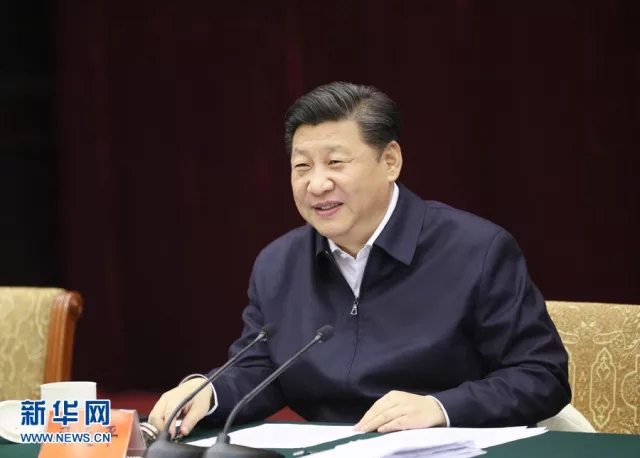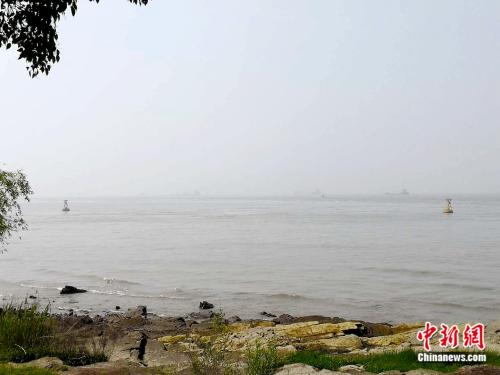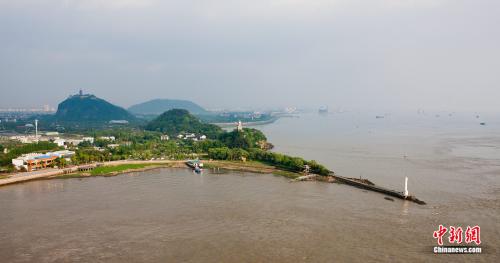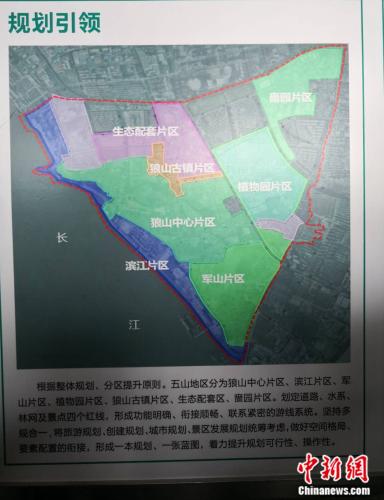There are often press conferences, but entrepreneurs who can speak like Lei Jun are rare.
From 2020 to now, Lei Jun’s annual speech has been going on for four years.
From every press conference, we can see the subtle changes in Lei Jun’s mentality-My Dream, My Choice when he first chose to fight for Xiaomi Automobile, Always Believe that something beautiful is about to happen when he crossed the trough of life, and then Growing up when Xiaomi SU7 won thousands of attention. Lei Jun wrote the emotions of each period on the theme.
Today, Xiaomi Automobile has won the first battle, and the theme of Lei Jun’s speech is only two words: courage. Since 2021, flashbacks have been used to complete the things behind Xiaomi’s car-making plan.

In the spring of 2021, my life experienced a major watershed.
Lei Jun introduced the beginning of the car-building experience in this way, and we all know the following story: "Numerous entanglements, struggles, taunts, doubts ……" accompanied the whole process of the birth of SU7, until Xiaomi Automobile went on the market this year, which broke the doubts in one fell swoop.
Today, Lei Jun once again talks about the process of building a car, and there is quite a momentum of "the majestic road is as iron as iron, and now it is a step from the beginning."
This is true for cars, and the same is true for mobile phones.
As usual, Lei Jun’s annual speech tonight is also Lei Jun’s live broadcast with goods-how about Xiaomi’s big folding mobile phone when it comes to the fourth generation? There is also the new news that Lei Jun made a small folding mobile phone for the first time and Xiaomi Automobile.
At the end of the conference, one more thing brought by Lei Jun is also the most fried product tonight:
Xiaomi SU7 Ultra prototype.
The reason for this performance monster is very simple and rude:
The goal of Xiaomi Automobile is to become the top five car companies in the world in 15 to 20 years.
The world’s top car manufacturers are competing for their hard power at Linbei Ring Circuit in newberg, Germany. For Xiaomi and Lei Jun, Niubei is the only way to become the TOP 5 in the world.
Therefore, Xiaomi has the first-stage small goal of "becoming the fastest four-door tram on the North Ring Road of New Bogeling Circuit", and Xiaomi SU7 Ultra is the "dragon slayer" that came into being.
Let’s briefly list some data, and you can feel the bursting performance of this SU7 numerically.
Running the track, performance is the first priority. The prototype of Xiaomi SU7 Ultra is equipped with the V8s motor developed by Xiaomi, which is the first time that the 27200 rpm V8s got on the bus.
More importantly, SU7 Ultra is equipped with three high-performance motors: dual V8s+V6s three-motor all-wheel drive, reaching an astonishing 1,548 horses.

With such explosive horsepower, the 0-100km/h acceleration time of Xiaomi Automobile is as low as 1.97 seconds, and the maximum speed is greater than 350km/h, which will make it the fastest four-door model in the world.

The goal of the prototype will also be to compete in the world-famous track Newnorth and verify the latest technology of Xiaomi Automobile.
SU7 Ultra is also equipped with a special high-power battery pack for the track, with an output of 1330kw, a peak voltage of 897V, and a charging rate of 5.2C……

Furthermore, the track-specific braking system specially built for SU7 Ultra, with a braking distance of only 25m at 100-0km/h, is considered as passing within 40m and 35m as the top car market. Such data are rare and shocking.

Xiaomi SU7 Ultra adopts a systematic weight loss scheme.
In terms of materials, the key optimization has been made. Not only the outer body cover is 100% made of carbon fiber, but even the upper guard plate of the motor and the brake collector cover are made of carbon fiber, which makes the use area of carbon fiber in the whole vehicle as large as 15 square meters, greatly reducing the weight of the body.
In the end, Xiaomi SU7 Ultra system lost more than 500kg, and the weight of the car was only 1900kg, which laid a solid foundation for the improvement of track lap speed.

In order to maximize the track capacity, Xiaomi SU7 Ultra reconstructed the aerodynamic design of Xiaomi SU7, changing from wind resistance priority to downforce priority, aiming at improving the curve performance with extreme downforce.
It brings the maximum vehicle downforce of 2145kg through specially designed fixed large tail wing, tail diffuser, open wheel arch, front lip and air knife, which even exceeds the self-weight of the vehicle-theoretically, the vehicle can even run upside down on the ceiling at extreme speed.

Such a strong downforce greatly improves the handling stability of the whole vehicle and plays a vital role in improving the lap time of the track.

Thanks to many hard-core technologies, the Xiaomi SU7 Ultra prototype is ready to go.
Xiaomi Automobile will officially compete in New North in October 2024.
Since 2014, there are only seven pure electric vehicles on the list in New North, including many super sports cars and racing cars at no cost, and the challenge is difficult to imagine.
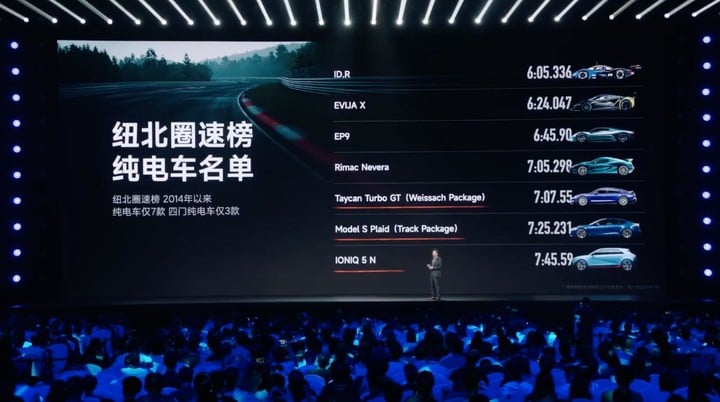
Therefore, Xiaomi Automobile divides the "Challenge Plan" into two steps:
- The first step is to use the prototype in October 2024 to challenge the speed list of mass production in New North Africa;
- The second step is to use production models in 2025, and officially hit the New North production lap speed list.
We are looking forward to the track performance of the Xiaomi SU7 Ultra prototype in October.
In the history of Xiaomi mobile phone, the most advanced, sophisticated and thinnest mobile phone is fully equipped with a big discount flagship.
This is Xiaomi’s evaluation of MIX Fold 4 during the warm-up period. Although more people focus on the small folding screen mobile phone Xiaomi MIX Flip, in fact, both folding screens are flagship levels.
The big folding MIX Fold 4 focuses on thinness and versatility, achieving "full flagship, lighter and thinner";
As the first Xiaomi small folding mobile phone brewed for many years, Xiaomi MIX Flip aims at small-screen mobile phone enthusiasts, and shows us a "small-screen ultimate solution" with a more versatile external screen.

Compared with the overall thickness of 5.26mm/10.86mm of the previous generation Xiaomi MIX Fold 3, the thickness of Xiaomi MIX Fold 4 is 4.59mm when unfolded, 9.47mm when folded, and its weight is 226g g..

Compared with competing products at the same level, MIX FOLD 4 has a good performance in weight control.

This is mainly due to Xiaomi’s brand-new "all-carbon structure". Lei Jun said that this technology is 100% made of T800H high-strength carbon fiber, with a tensile strength of 5500 MPa and an impact resistance of 300%, and the same volume weight is only 1/15 of that of the previous generation aluminum alloy. Lei Jun said:
We have replaced all three major parts, the floating plate of our rotating shaft, the lining plate of 100% carbon fiber screen, the battery compartment with 100% carbon fiber middle frame and genuine 100% carbon fiber.

In addition, hinges are also very important for the feel and experience of large folding screens.
Xiaomi MIX Fold 4 adopts an upgraded keel shaft 2.0, which reduces the number of parts from 198 to 137, bringing a more reliable overall structure, as well as 45-135 free hovering and IPX8 waterproof.
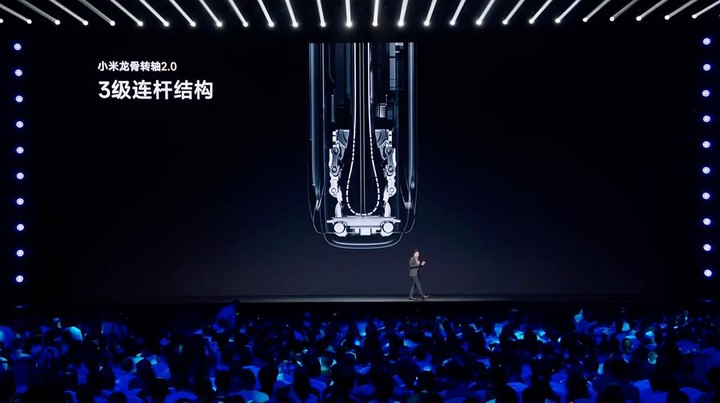
The brand-new keel shaft is lighter, narrower and thinner. Compared with the previous generation shaft, the width is reduced by 11.7%, the weight is reduced by 16%, and the arc length of water droplets is reduced by 15%.
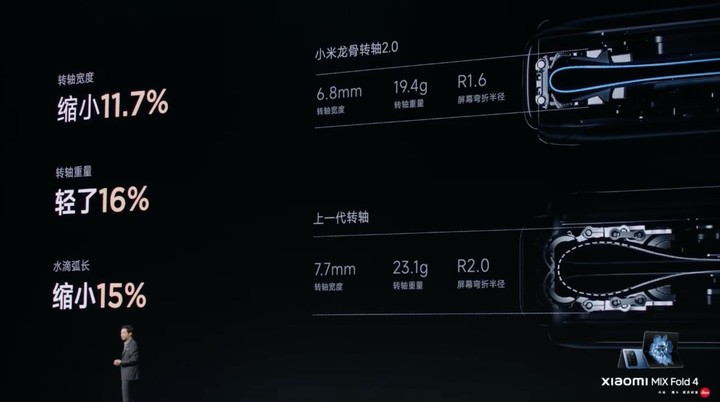
The diameter of the rotating shaft gear is 1.8mm, which is only half a grain of rice.
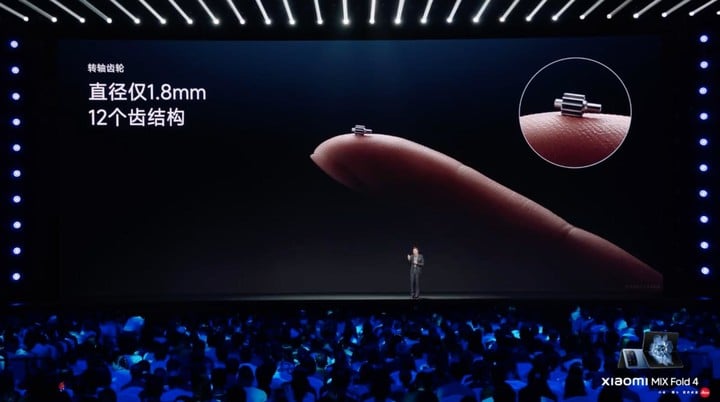
The motherboard of Xiaomi MIX Fold 4 has also been upgraded to the third generation, with an overall area of only 80%, in which 2,545 parts and 857 ultramicro devices are stacked.

Of course, the most intuitive feeling of folding screen mobile phone depends on the screen.
The external screen is a standard straight screen flagship screen, and under the protection of Xiaomi Longjing glass, its dust-proof strength is higher.

The inner screen is a 7.98-inch folding screen, which has ultra-low power consumption and is protected by UTG ultra-thin flexible glass, making it less prone to crease.
In addition, the internal and external screens are all 418 PPI, all of which can reach the peak brightness of 3000 nit, all of which are equipped with adaptive refresh rate of 1-120Hz, all of which have DC/PWM dimming, and all of which support professional primary color display.
Xiaomi MIX Fold 4 is equipped with the core of the third generation Snapdragon 8 and four Xiaomi surging T1 signal enhancement chips, which improves the cellular performance by 58% and the Wi-Fi/ Bluetooth performance by 16%.
In addition, Xiaomi MIX Fold 4 also supports two-way satellite communication, which has become the standard of flagship mobile phones, and it can be used in case of no signal.
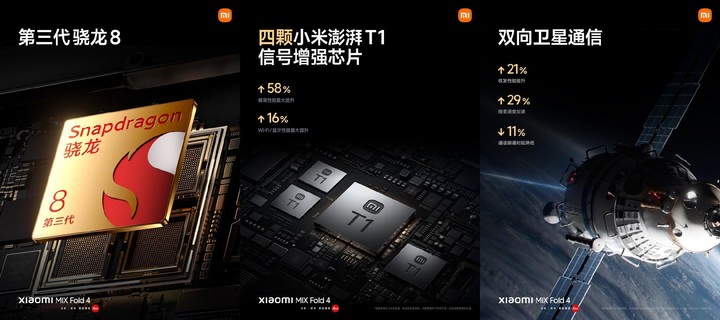
The battery of MIX Fold 4 uses 5100mAh millet Jinsha River battery, which is a "three-dimensional shaped battery". Simply speaking, the battery is like origami, which expands the volume and capacity of the battery in a limited space.
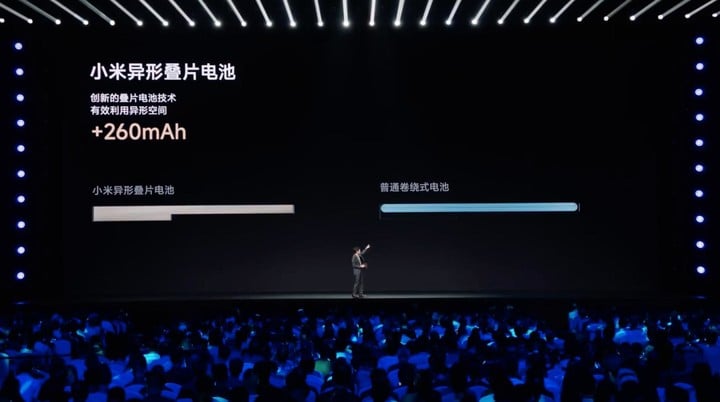
This is also the reason why MIX Fold 4 can have a larger battery on the premise of being thinner than the previous generation.
Although this number seems unremarkable in non-folding screen mobile phones, the advantages can be clearly seen by comparing the battery capacities of Samsung Z Fold6 4400mAh and Z Flip6 4000mAh released not long ago.

In addition, Xiaomi MIX Fold 4 is equipped with a charging scheme of "67W wired +50W wireless".
Lei Jun said at the press conference that MIX Fold 4 is the only folding screen mobile phone with full focal length and four shots.

Under the blessing of the keel shaft, MIX Fold 4 supports a variety of hovering photos, photos of friends going out, and dining table Vlog artifacts with their own feet when eating, which can be satisfied.
Lei Jun also said that the traditional folding screen camera system is often difficult to reach the flagship level due to space constraints. To solve this problem, Xiaomi has introduced three core technologies:
- Exclusive light and shadow hunter sensor
- Large aperture Summilux Leica optical lens
- The telephoto macro function of the floating lens.

On the basis of inheriting the previous generation’s four-shot and five-focus configuration, Xiaomi introduced a 50-megapixel 2X floating lens for MIX Fold 4, which has better performance when shooting long-distance objects with the help of UltraZoom super AI zoom.
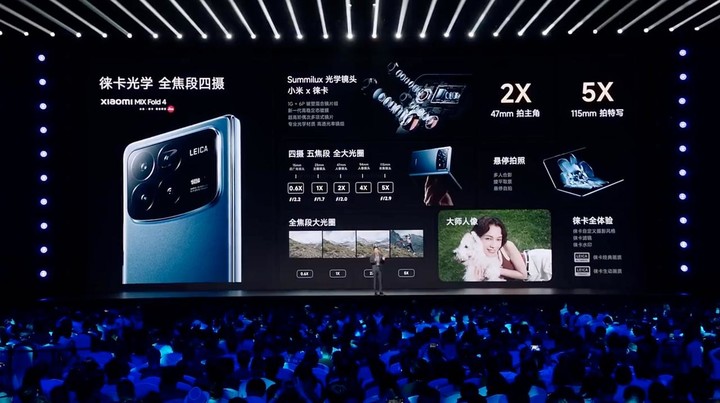
Xiaomi 澎湃 OS is still a highlight of Xiaomi’s new folding.
This time, Xiaomi has included the most commonly used 500 applications in the high-quality adaptation team in the big folding software adaptation.
Lei Jun defines high-quality adaptation as:
- Support full screen display
- Support rotating horizontal screen
- Support continuous use of internal and external screens.
- More than 100 file formats are supported.
In terms of price, the prices of the three configurations of Xiaomi MIX Fold 4 are:
- 12GB+256GB, 8999 yuan.
- 16GB+512GB, 9999 yuan
- 16GB+1TB, 10999 yuan

As for Xiaomi’s first small folding screen mobile phone Xiaomi MIX Flip, Lei Jun said:
After three years of hard work, we believe that Xiaomi Xiaozuo has completely solved the pain point of the experience and should reverse the impression of "beautiful little waste" in one fell swoop. I hope that after we use our little fold, it will become "beautiful little cute" and "beautiful little magical machine".

First of all, as a small folding mobile phone, the appearance is particularly important. MIX Flip has a variety of color matching, three processes, and a ring-shaped protective case, which provides more diverse choices for MIX Flip.
The "Phoenix Feather Fiber Edition" not only enhances the hand feel, but also enhances the wear resistance and dirt resistance. With an overall weight of 192g and a thickness of 7.8mm/15.99mm, it is more suitable for being placed directly in a lady’s bag.

In order to improve the hand feel, Xiaomi MIX Fold 4 not only makes great efforts in thinness, but also adopts four-micro-curved screen dragon crystal glass design for the external screen.
Like the big folding MIX Fold 4, MIX Flip adopts a screen with highly consistent internal and external specifications, with 3000nit peak brightness, consistent 120Hz refresh rate and 2160Hz PWM+DC dimming.

"You don’t have to open it, it’s a small mobile phone that is easy to use" is an important goal of MIX Flip, so Xiaomi has made more efforts to expand the external screen function.
The new partition design divides the outer screen into two parts: the main application area and the "smart suspended window" area. The main application area with a size of 3.5 inches and a ratio of 16:9 is close to that of the iPhone 4, which makes the outer screen have better space utilization.


Not only the redesign of the external screen partition, Xiaomi also reconstructed a series of contents such as multi-functional widgets, recent task switching and focus notification for the external screen of MIX Flip.
Coupled with the better adaptation of third-party applications, as well as the independent Mic and flip-top receiver on the external screen, MIX Flip is more like a small-screen mobile phone when it is closed.
No wonder Lei Jun issued "Who is still using the iPhone mini?" before the release. "the problem.


Many small folds often have some compromises on the processor, which is one of the reasons why small folds are called "beautiful little waste".
Xiaomi MIX Flip is equipped with the same Snapdragon 8 Gen3 processor as MIX Fold 4, and adopts the wired second charging combination of 4780mAh Jinshajiang battery with 67W. The stepped cooling makes it have better game performance.


Because there are more female users of small folding mobile phones, they are particularly concerned about the photo effect.
Compared with large folding, small folding images often attract much attention. Although MIX Flip has only two cameras, "none of them is a complement".
In addition to the floating 2X lens and "master image" of the same model as MIX Fold 4, MIX Flip also puts more emphasis on various shooting methods and stronger self-timer ability, and provides various functions such as cross-device camera, near-object focusing, external screen help shooting, automatic free hovering from 45 to 120, and portable shooting suit can make the mobile phone stand upright, providing more ways to play.

When introducing the price, Lei Jun also compared the iPhone to highlight the cost performance of MIX Flip. The price of MIX Flip is:
- 12GB+256GB, 5999 yuan.
- 12GB+512GB, 6499 yuan.
- 16GB+1TB, 7299 yuan

At the beginning of this year, Lei Jun said that he would focus more on building cars, and the mobile phone business was handed over to Lu Weibing. Although several mobile phones released since then have achieved good reputation, many netizens still said that they always feel a little less soul.
This time, Lei Jun returned with two folding flagship and soul speeches, which also added a lot of color to the product line of Xiaomi mobile phone.
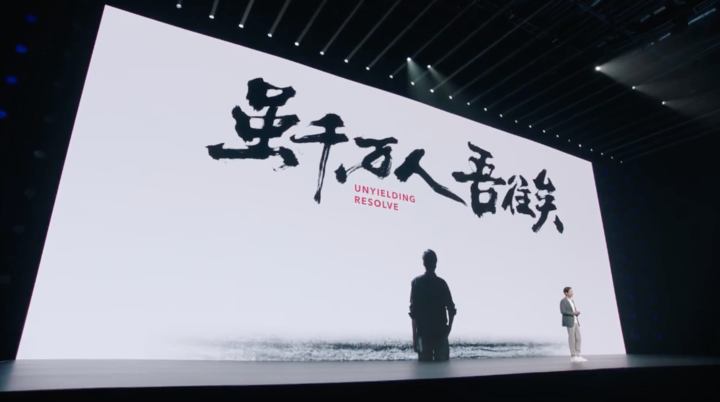
To some extent, Lei Jun is actually the best "product" of Xiaomi Company.
The annual speech once a year is the best stage for Lei Jun to show.
As he "accidentally" turned to the book "When the Stars Shine", he said:
A person’s belief in miracles is always the first prerequisite for a miracle to occur.
This belief in miracles is written in different ways at different stages of Lei Jun. It is the choice to leave Jinshan to establish Xiaomi, the confidence to "always believe that good things are about to happen" in setbacks, and the determination to join the torrent of the times again.

Now Lei Jun is standing on the eve of Xiaomi Automobile’s take-off and telling us in a three-hour speech-
This belief in miracles, writing "courage".
* Wang Meng also contributed to this article.













